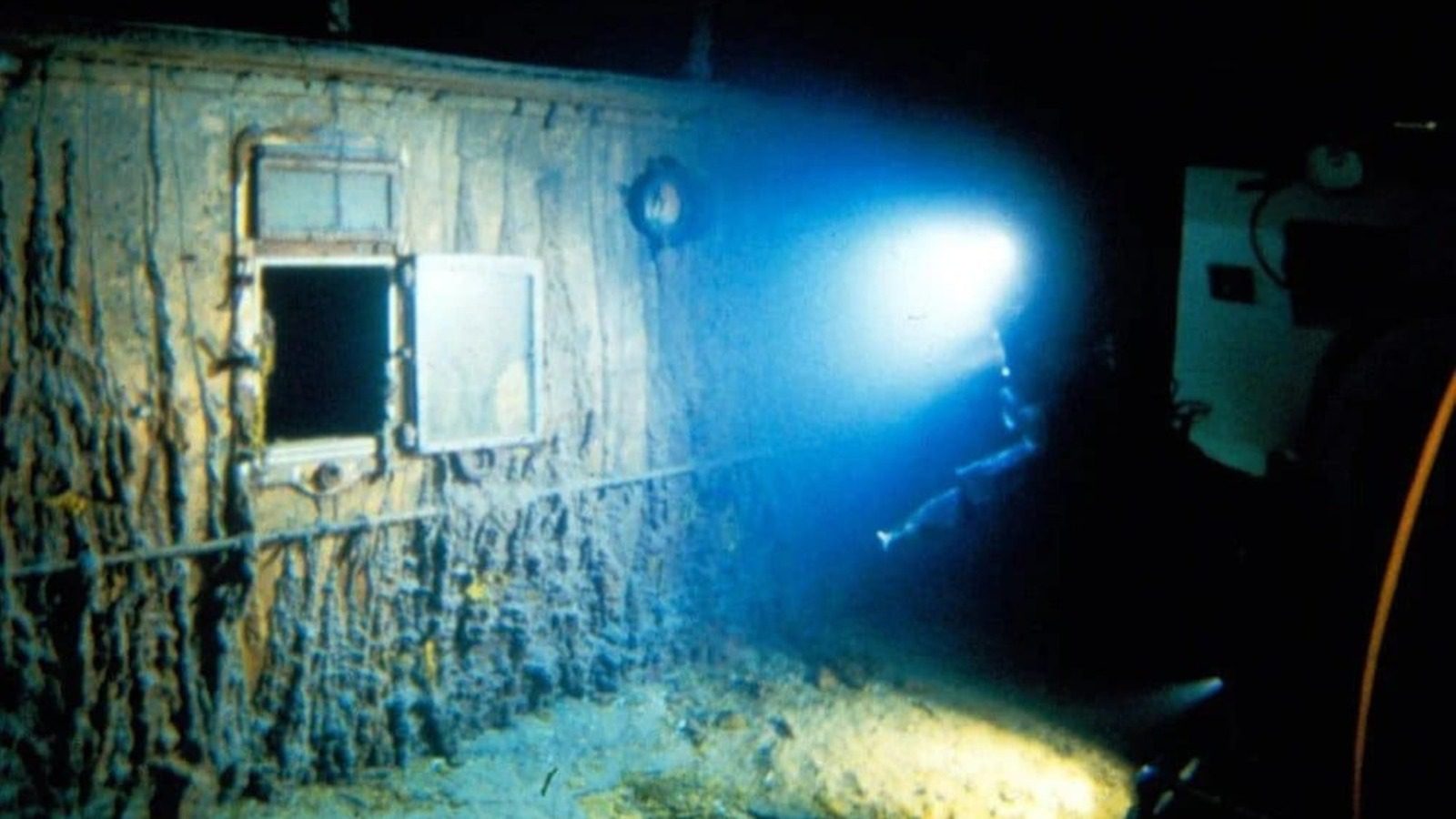New footage of the historic Titanic was released this past Wednesday, February 15.
This footage release coincides with the 25th anniversary of the James Cameron film “Titanic.” “More than a century after the loss of Titanic, the human stories embodied in the great ship continue to resonate,” Cameron said.
Cameron set records with this film that were only to be surpassed by another film of his. In 1997, “Titanic” was the first film to gross over $1 billion at the box office. Over 10 years later, Cameron broke his own record with the film “Avatar.”
It was 38 years ago that the remains of the Titanic were first discovered by researchers from the Massachusetts-based Woods Hole Oceanographic Institution in 1985.
The remains were located, and one year later, in 1986, three people were sent under the sea thousands of feet in a submersible to investigate the wreckage.
The released footage is from this exploration in 1986. It documents the first time humans saw the ship since its demise in 1912. The footage is from the submersible, called Alvin, and a remotely operated craft, Jason Jr., that was able actually to film inside the wreck of the ship.
In the footage, Alvin approaches the ship, gets shots of the bow, and parks on the ship deck. Some of the highlights caught on film were the interior of the chief officer’s cabin and the ship’s promenade.
The Titanic sank on its maiden voyage on April 10, 1912. It was traveling from Southampton, England, to New York. On the voyage, the ship struck an iceberg, causing it to sink. The sinking had an over 68% mortality rate, with only around 700 people surviving out of the 2,200 on board.
People were searching for the wreckage almost immediately following its submergence. Technology, however, at the time, had its own limitations. There was also the issue of how vast the search area was.
WHOI was able to use its newly developed imaging technologies in 1985 to detect and photograph the ship, which was over 12,400 feet below sea level.






